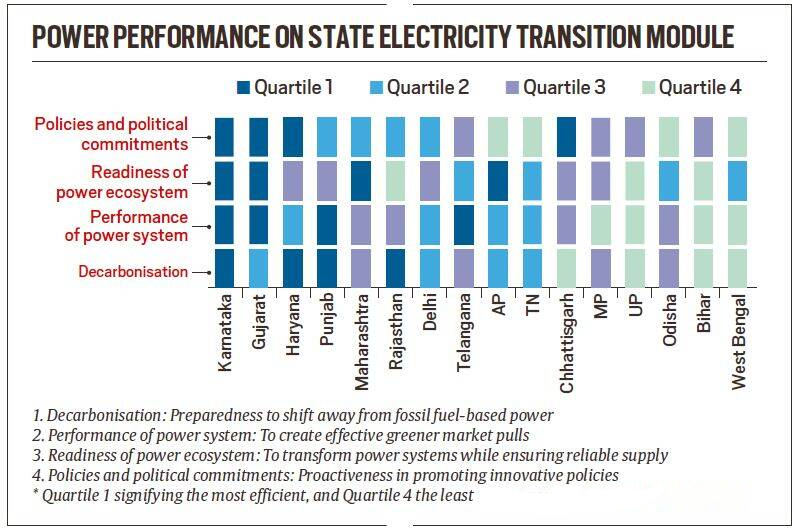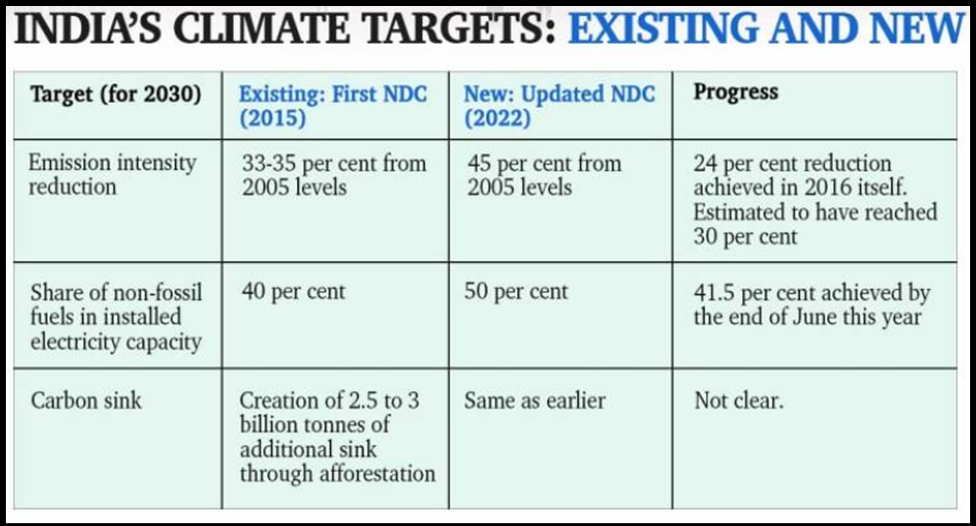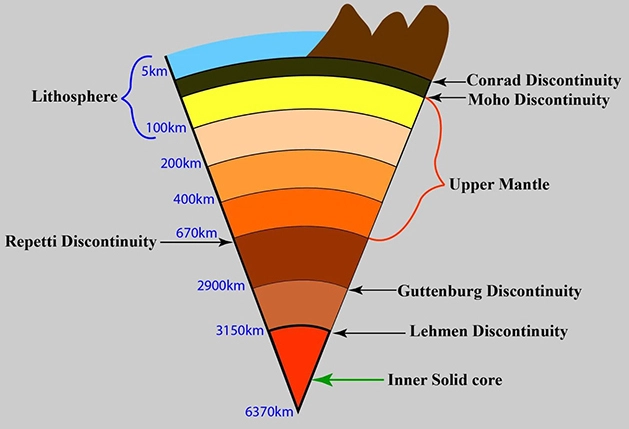Indian Polity
Right against Self Incrimination and Constitutional Remedies
For Prelims: Article 32, Article 20, Fundamental Rights.
For Mains: Scope and Limitations of Right against self-incrimination, Constitutional remedies.
Why in News?
The Supreme Court refused to hear a bail plea by the Deputy CM of Delhi in the excise policy case, as he had approached the court directly under Article 32 of the Constitution instead of first seeking remedy in the High Court under Section 482 of the CrPC.
- SC argued that though in previous cases petitions were entertained directly under Article 32, those cases involved free speech issues while this case is about Prevention of Corruption act.
What is the Background?
- Previously, Special CBI Judge had granted Central Bureau of Investigation(CBI) custody of Deputy CM on the ground that he ‘failed to provide satisfactory answers.’
- The court had rejected the argument that it was a violation of right against self-incrimination.
What is an Individual’s Right against Self-incrimination?
- Constitutional Provisions:
- Article 20 grants protection against arbitrary and excessive punishment to an accused person, whether citizen or foreigner or legal person like a company or a corporation. It contains three provisions in that direction:
- It contains provisions related to No ex-post-facto law, No double jeopardy, No self-incrimination.
- No self-incrimination: No person accused of any offence shall be compelled to be a witness against himself.
- The protection against self-incrimination extends to both oral evidence and documentary evidence.
- However, it does not extend to
- compulsory production of material objects,
- compulsion to give thumb impression, specimen signature, blood specimens, and
- compulsory exhibition of the body.
- Further, it extends only to criminal proceedings and not to civil proceedings or proceedings which are not of criminal nature.
- No self-incrimination: No person accused of any offence shall be compelled to be a witness against himself.
Note
- No ex-post-facto law: No person shall be
- convicted of any offence except for violation of a law in force at the time of the commission of the act, nor
- subjected to a penalty greater than that prescribed by the law in force at the time of the commission of the act.
- However, this limitation is imposed only on criminal laws and not on civil laws or tax laws.
- Also, this provision cannot be claimed in case of preventive detention or demanding security from a person.
- No double jeopardy: No person shall be prosecuted and punished for the same offence more than once.
- Judicial Rulings:
- In 2019, the SC in its ruling in Ritesh Sinha versus State of Uttar Pradesh broadened the parameters of handwriting samples to include voice samples, adding that this would not violate the right against self-incrimination.
- Earlier in 2010, in Selvi v State of Karnataka, the SC held that a narcoanalysis test without the consent of the accused would amount to violation of the right against self-incrimination.
- However, obtaining a DNA sample from the accused is permitted. If an accused refuses to give a sample, the court can draw adverse inferences against him under Section 114 of the Evidence Act.
What is Right to approach SC under Article 32?
- Article 32 confers the right to approach SC for remedies for the enforcement of the fundamental rights of an aggrieved citizen. It is a basic feature of the Constitution.
- In this regard the jurisdiction of the Supreme Court is original but not exclusive. It is concurrent with the jurisdiction of the high court under Article 226.
- Rights other than Fundamental rights are not entertained under article 32 but are within the scope of HC under Article 226.
- Since the right guaranteed by Article 32 is in itself a fundamental right, the availability of alternate remedy is no bar to relief under Article 32.
- However, the Supreme Court has ruled that where relief through high court is available under Article 226, the aggrieved party should first move the high court.

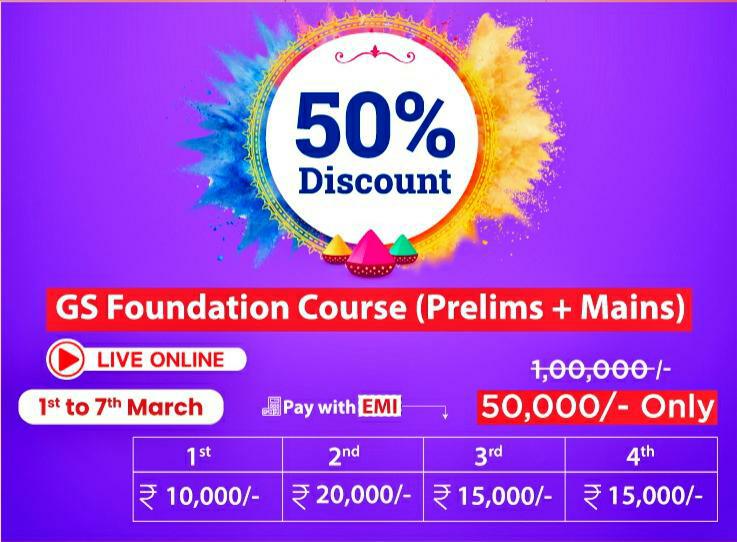
Governance
Global Internet Shut-Offs
Prelims: #KeepItOn coalition, Internet Shut Down, (Public Emergency or Public Safety) Rules, 2017.
Mains: Internet Shutdowns and their implications.
Why in News?
According to a report by Access Now and the KeepItOn coalition, India enforced as many as 84 internet shutdowns in 2022 and was on top of the list for the fifth year in a row.
What are the Highlights of the Report?
- Global Scenario:
- At least 187 internet shutdowns across 35 countries were recorded in 2022.
- Thirty-three of these 35 countries are repeat offenders.
- Ukraine comes a distant second with 22 shutdowns in 2022, followed by Iran with 18, and with seven internet shutdowns, Myanmar stands fourth in the list.
- People in many regions across Myanmar had been in the dark for 500+ days by March 2022.
- By the end of 2022, people in Tigray, Ethiopia had endured 2+ years of full communications blackout, and many remained disconnected.
- Indian Scenario:
- In 2022, the Internet was shut down 49 times in Jammu and Kashmir, the highest of any state in the country.
- Authorities in Rajasthan imposed shutdowns on 12 different occasions followed by West Bengal, which ordered shutdowns seven times.
- Digital Authoritarianism:
- Internet shutdowns are dangerous acts of digital authoritarianism.
- The report states that authorities used shutdowns to try to hide serious rights violations and sever communications between individuals and communities, which also impacted human rights monitoring, including shutdown tracking and provision of humanitarian aid.
- Causes:
- The shutdowns were ordered on various accounts including protests, conflict, school exams, and elections.
What is an Internet Shutdown?
- About:
- Internet shutdowns are a means to wipe out online communication, which directly impacts day to day functioning in an increasingly digital world, but they also have important and serious knock-on effects on democratic movements, and sometimes provide cover for violence, as reporting crime and making contact for support becomes hard to do.
- Impact:
- Economic losses: Internet shutdowns can lead to significant economic losses, particularly for businesses that rely on the internet to operate.
- Social Disruptions: The internet is a crucial communication tool that enables people to connect with each other, share information, and participate in social movements.
- Political Consequences: Internet shutdowns are often used by governments to suppress dissent, control information, and limit political opposition.
- Educational Setbacks: Internet shutdowns can also disrupt educational activities, particularly for students who rely on online resources for learning.
- Health Implications: During the Covid-19 pandemic, the internet has become a critical tool for accessing health information, telemedicine, and online support groups.
Who Governs Internet Shutdowns in India?
- Internet shutdown orders are governed under the Temporary Suspension of Telecom Services (Public Emergency or Public Safety) Rules, 2017, under the Indian Telegraph Act, 1885.
- The 2017 Rules provide for temporary shutdown of telecom services in a region on grounds of public emergency and give senior bureaucrats from the Home Ministry at the central and state levels the power to order shutdowns.
- The 1885 Act empowers the central government to regulate various types of telecom services including internet services and grant licenses for them.
What is the Related SC’s Judgment and Further Amendments?
- In Anuradha Bhasin vs Union of India (2020), the Supreme Court ruled that an indefinite suspension of internet services would be illegal under Indian law and that orders for internet shutdown must satisfy the tests of necessity and proportionality.
- Subsequently, the Union government made some amendments (to limit Internet suspension orders to a maximum of 15 days) to the 2017 Rules in November 2020.
- However, in December 2021 the Standing Committee on Communication and Information Technology was not satisfied with the amendments and recommended more changes in the 2017 Rules.
- The Committee recommended reviewing the Rules to address all aspects of internet shutdown, to make amendments in the Rules that are in tune with changing technology to ensure minimum disturbance to the public and issuing uniform guidelines for states/UTs before ordering an internet shutdown.
Way Forward
- International organizations, such as the United Nations, can put pressure on governments that engage in internet shutdowns to respect human rights and ensure that the internet remains open and accessible.
- Governments can pass laws and regulations that protect citizens' rights to access the internet and prevent arbitrary shutdowns.
- Technological solutions such as mesh networks and satellite communication can be used to provide alternative means of internet access when the internet is shut down.


Governance
Cow Vigilantism and Mob Lynching
For Prelims: States which have passed laws against mob lynching, Haryana mob lynching, Provisions available against mob lynching.
For Mains: Causes for Mob Lynching and measures taken to address it.
Why in News?
Recent incident of killing and burning of two men in Haryana on suspicion of illegal transportation, smuggling or slaughtering of cows by cow vigilantes highlight the issue of Mob Lynching.
What is Mob Lynching?
- Mob lynching refers to targeted violence by a large group of people which includes offenses against the human body or property, whether public or private.
- The mob believes they are punishing the victim for some perceived wrongdoing, even if it's not necessarily illegal and take the law into their own hands disregarding legal rules and procedures.
Cow Vigilantism: Cow vigilantism or lynching in the name of Cow Protection poses a serious threat to the secular fabric of the nation. Killing of people just on the suspicion of beef depicts the intolerance among the vigilantes.
What are the Causes of Mob Lynching?
- Biases:
- Mob lynching is a hate crime that is rising due to the biases or prejudices among various castes, classes of people, and religions.
- Rise of Cow Vigilante:
- In Hindu religion, cows are revered and worshipped. This sometimes leads to Cow vigilantism.
- It is perpetrated by the majority towards the minority on the presumption that the minorities are in regular consumption of bovine meat.
- Lack of Speedy Justice:
- Inefficient working of justice rendering authorities is the primary reason why people take law into their own hands and have no fear of the consequences.
- The Inefficiency of Police Administration:
- Ineffective investigation and lack of trust in the legal process is one reason that promotes people to take matters in their own hands.
What are the Issues related to Mob Lynching?
- Mob lynching is a violation of human dignity, Article 21 of the Constitution, and a gross infringement of the Universal Declaration of Human Rights.
- Such incidents violate the Right to Equality and Prohibition of discrimination, which are enshrined in Articles 14 and 15 of the Constitution of India.
- However, it is nowhere mentioned in the law of the land and is hence simply put as murder since it has not been yet incorporated under the Indian Penal Code.
What are the Government Steps on the Issue?
- Preventive Measures:
- In July 2017, the Supreme Court in the case of Tahseen s. Poonawala v. UOI had laid down several preventives, remedial and punitive measures to deal with lynching and mob violence.
- The Supreme Court in this case aptly referred to mob lynching as a ‘horrendous act of mobocracy.’
- In July 2017, the Supreme Court in the case of Tahseen s. Poonawala v. UOI had laid down several preventives, remedial and punitive measures to deal with lynching and mob violence.
- Designated Fast Track Courts:
- States were directed to set up designated fast track courts in every district to exclusively deal with cases involving mob lynchings.
- Special Task Force:
- The court had also mooted the setting up of a special task force with the objective of procuring intelligence reports about the people involved in spreading hate speeches, provocative statements and fake news which could lead to mob lynchings.
- Victim Compensation Schemes:
- Directions were also issued to set up Victim compensation schemes for relief and rehabilitation of victims.
- A year later in July 2019 the Supreme Court issued notices to the Centre and several states asking them to submit the steps taken by them towards implementing the measures and file compliance reports.
- As of now only three states Manipur, West Bengal and Rajasthan have enacted laws against mob lynching.
- The Jharkhand Assembly has passed Prevention of Mob Violence and Mob Lynching Bill, 2021 which has been returned by governor recently for reconsideration of a few provisions.
Way Forward
- Lynchings have no place in a democratic society like India. As a country that prides itself on being democratic, it is crucial that mob violence is eradicated.
- In a disturbing trend, police inaction in cases of mob violence is often reciprocated by public sanction of extrajudicial punishments by the police. Thus, it is important to gain public trust on legal proceedings.
- All the states and centre should look forward to bringing comprehensive legislation on the matter as brought by states like Manipur, West Bengal and Rajasthan.
- Measures need to be taken to curb the spread of fake news and hate speech.

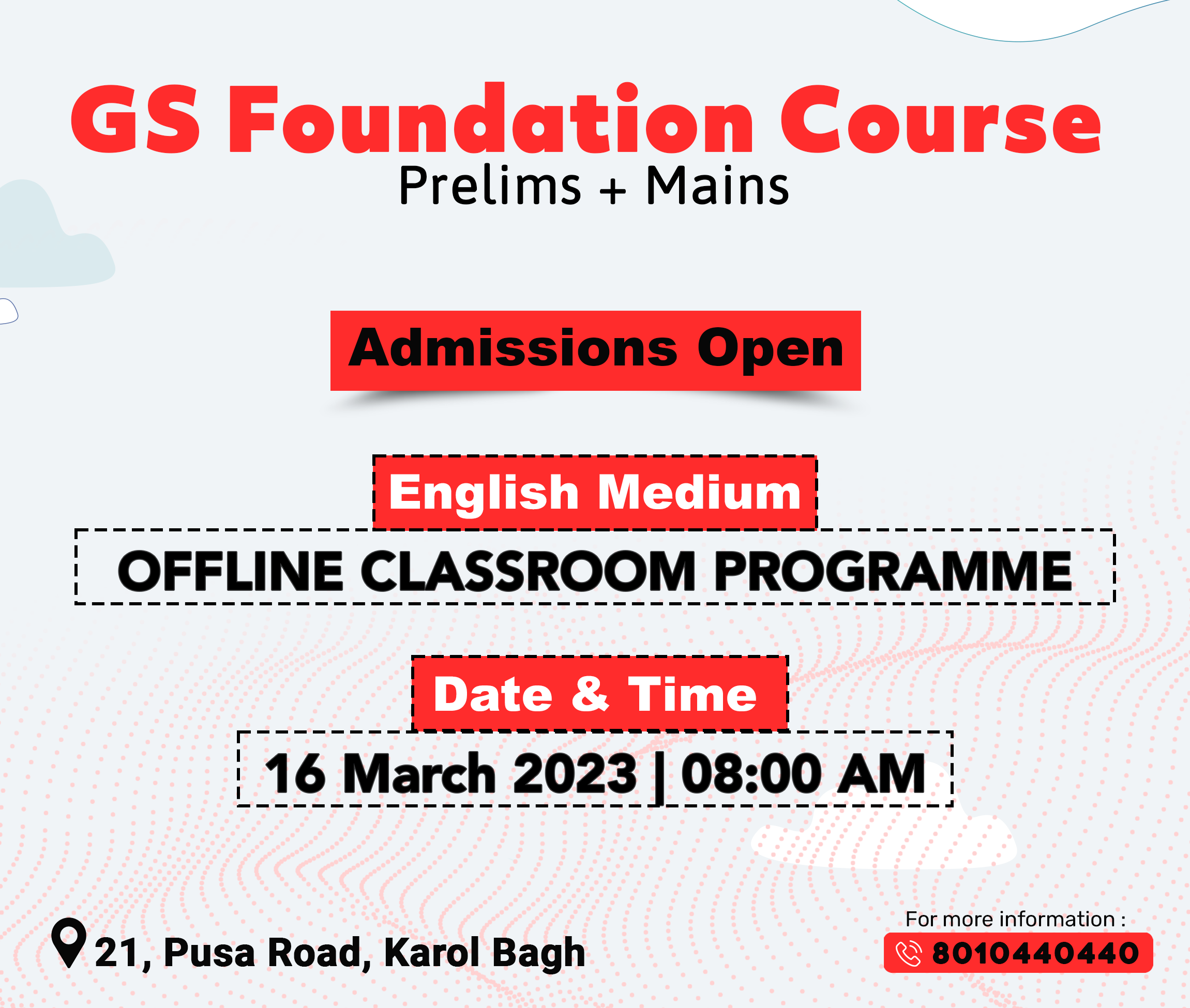
Indian Economy
Karnataka Tops at Clean Energy Transition
Prelims: Karnataka Tops at Clean Energy Transition, Clean Energy Transition, Renewable Energy, GDP.
Mains: Clean Energy Transition.
Why in News?
According to a report from Institute for Energy Economics and Financial Analysis (IEEFA) and Ember, Karnataka and Gujarat have emerged as India’s frontrunners in the transition to clean electricity.
- Ember is an independent, not-for-profit climate and energy think tank while the IEEFA examines issues related to energy markets, trends, and policies.
What are the Highlights of the Report?
- Methodology of Assessment:
- The report ‘Indian States’ Energy Transition’ prepared a scoring system for 16 States (account for 90% of electricity production in India), and their performances are assessed on four broad parameters namely:
- Decarbonisation
- Performance of the Power System
- Readiness of the Power ecosystem
- Policies and Political commitments
- The report ‘Indian States’ Energy Transition’ prepared a scoring system for 16 States (account for 90% of electricity production in India), and their performances are assessed on four broad parameters namely:
- Assessment:
- Karnataka is the only state among the 16 analysed that scored well across all four dimensions of clean electricity transition.
- The State also exceeded its target of segregating feeders by 16% and achieved 100% of its target of installing smart meters.
- Gujarat was a little behind Karnataka in terms of decarbonising its electricity sector. Haryana and Punjab have shown promising preparations and implementations for electricity transition
- States like West Bengal, Bihar and UP are lagging far behind in the field.
- West Bengal scored low across all the parameters and its outstanding payments to generators have increased by 500% from March 2018 to March 2022.
- Rajasthan and Tamil Nadu need to improve their power system readiness.
- Karnataka is the only state among the 16 analysed that scored well across all four dimensions of clean electricity transition.
- Suggestions:
- Apart from boosting renewable energy capacity and storage, it is suggested that states take a multi-dimensional approach towards clean electricity transition, which includes efforts on the demand side.
- Innovative bilateral financial markets mechanisms like virtual power purchase agreements (VPPAs) and contracts for difference (CfD) have huge potential to open up the market and give buyers and regulators the required assurance on handling intermittent renewable energy generation.
- To monitor progress effectively and course correct when necessary, it called for data availability and transparency improvement.
What is India’s Clean Energy Target?
- As part of its international obligations, India has committed to generating about half of its electricity from non-fossil fuel sources and reducing the emissions intensity of its Gross Domestic Product (GDP) by 45% by 2030.
- Achieving this is predicated on States tweaking their infrastructure, used to deliver electricity, to efficiently accommodate inputs from multiple power sources such as solar, wind, hydropower as well as existing fossil fuel sources.
- India’s revised Nationally Determined Contribution (NDC) targets have put the country on the right path for transitioning its electricity sector.
What are the Efforts in Clean Energy Transition?
UPSC Civil Services Examination Previous Year Question (PYQ)
Prelims
Q. The term ‘Intended Nationally Determined Contributions’ is sometimes seen in the news in the context of (2016)
(a) pledges made by the European countries to rehabilitate refugees from the war-affected Middle East
(b) plan of action outlined by the countries of the world to combat climate change
(c) capital contributed by the member countries in the establishment of the Asian Infrastructure Investment Bank
(d) plan of action outlined by the countries of the world regarding Sustainable Development Goals
Ans: (b)
Exp:
- Intended Nationally Determined Contributions is the term used under the UNFCCC for reductions in greenhouse gas emissions in all countries that signed the Paris Agreement.
- At COP 21 countries across the globe publicly outlined the actions they intended to take under the international agreement. The contributions are in the direction to achieve the long-term goal of the Paris Agreement; “to hold the increase in global average temperature to well below 2°C to pursue efforts to limit the increase to 1.5°C, and to achieve net zero emissions in the second half of this century.” Therefore, option (b) is the correct answer.
Mains
Q. Explain the purpose of the Green Grid Initiative launched at World Leaders Summit of the COP26 UN Climate Change Conference in Glasgow in November, 2021. When was this idea first floated in the International Solar Alliance (ISA)? (2021)


International Relations
India Denmark Cooperation
For Prelims: Green strategic Partnership, World Trade Organization, International Solar Alliance, Arctic Council.
For Mains: Green Strategic Partnership, India-Denmark Ties.
Why in News?
Union Minister for Environment, Forest and Climate Change expressed that India and Denmark can jointly demonstrate the feasibility of achieving ambitious climate and sustainable energy goals during the 'India-Denmark: Partners for Green and Sustainable Progress Conference' in New Delhi.
- Since the launch of the Green Strategic Partnership in 2020, the bilateral cooperation is focused on promoting green and sustainable development.
What is Green Strategy Partnership?
- The Green Strategic Partnership is a mutually beneficial arrangement to advance political cooperation, expand economic relations and green growth, create jobs, and strengthen cooperation on addressing global challenges and opportunities; with a focus on an ambitious implementation of the Paris Agreement and the United Nations Sustainable Development Goals.
- Danish companies with niche technologies and expertise have offered to help India in meeting its air pollution control targets, including in the key area of tackling the problem of burning crop stubble.
- Other key points under the partnership include dealing with the Covid-19 pandemic and cooperation in water efficiency and water loss.
- The creation of India-Denmark energy parks in areas with large numbers of Danish firms and an India-Denmark skill institute to train Indian manpower has been proposed.
- The Green Strategic Partnership will build on an existing Joint Commission for Cooperation and existing joint working groups.
What is the State of India Denmark Cooperation?
- Background:
- The diplomatic relations between India and Denmark, established in September 1949, are marked by regular high-level exchanges.
- Both countries share historical links, common democratic traditions and a shared desire for regional, as well as international peace and stability.
- Bilateral relations were elevated to the level of “Green Strategic Partnership” during the Virtual Summit held in 2020.
- Commercial and Economic Relations:
- Bilateral trade in goods and services between India and Denmark has grown by 78%, from USD 2.8 billion in 2016 to USD 5 billion in 2021.
- The major export items from India to Denmark are textiles, apparels and yarns related, vehicles and components, metal goods, iron and steel, footwear, and travel goods.
- Major Danish exports to India are medicinal/pharmaceutical goods, power generating machinery, industrial machinery, metal waste and ore, and organic chemicals.
- Cultural Exchange:
- India's 75th Independence Day was celebrated in Copenhagen with a great enthusiasm with a flag hoisting ceremony and vibrant Azadi Ka Amrit Mahotsav celebrations, attended by a large number of the diaspora.
- Important streets and public places have been named after Indian leaders which include the Gandhi Plaene (Gandhi Park), Copenhagen and a Nehru Road near Aarhu University in Aarhus.
- Intellectual Property Cooperation:
- The MoU signed in 2020 aims at increasing IP co-operation between the two countries by way of, exchange of information and best practices on processes for disposal of applications for patents, trademarks, industrial designs, and Geographical Indications, and cooperation in the field of protection of Traditional Knowledge.
- It will be a landmark step forward in India’s journey towards becoming a major player in global innovation and further the objectives of the National Intellectual Property Rights Policy, 2016.
Way Forward
- India and Denmark must cooperate in multilateral fora like the World Trade Organization, International Solar Alliance, Arctic Council to advance democracy and human rights and promote a rule-based multilateral system.


Important Facts For Prelims
QR-Code Based Coin Vending Machine
Why in News?
RBI (Reserve Bank of India) is about to launch a pilot project to assess the functioning of a QR-code Based Coin Vending Machine (QCVM).
- The pilot is initially planned to be rolled out at 19 locations in 12 cities across the country. With particular focus on ease and accessibility, the machines are intended to be installed at public places such as railway stations, shopping malls and marketplaces.
What is QCVM?
- QCVM is a cashless coin dispensation machine which would dispense coins against a debit to the customer’s bank account using UPI (Unified Payment Interface).
- Customers would be endowed the option of withdrawing coins in required quantities and denominations.
- It will ease the accessibility to coins.
- Unlike a cash-based traditional Coin Vending Machine, the QCVM would eliminate the need for physical tendering of banknotes and their authentication.
What is the Need QCVM?
- There were problems with the earlier machines wherein some fake currencies used to be fed to fetch coins.
- The supply of coins is very high, but it is not getting properly distributed and at the same time there is demand in pockets.
- As per the latest RBI bulletin, the total value of circulation of rupee coins stood at Rs 28,857 crore as of December 30, 2022, an increase of 7.2% from the year-ago period.
- For perspective, coins in India are issued in denominations of 50 paise, one rupee, two rupees, five rupees, ten rupees and twenty rupees. Coins of up to 50 paise are called small coins while those of one rupee and above are called rupee coins.
- So, by making coins available in places where there is demand, supply can be absorbed.
- Currently, to obtain coins a person needs to visit a bank branch and offer currency notes in exchange for coins.
- But in the case of QCVM, coins can be withdrawn using a UPI QR code and the amount will be debited from the bank account of the person who withdraws.


Important Facts For Prelims
Hidden Mantle Layers
Why in News?
According to two new studies, the mantle, a layer of solid rock sandwiched between the Earth’s upper crust and lower core, has been hiding two new layers.
What are the New Studies Suggest About Hidden Mantle Layers?
- The first layer is a low viscosity zone in the upper mantle, approximately 100 kilometres thick, which was discovered by studying deep earthquakes (2018 Fiji earthquake of 8.2 magnitude) using GPS sensors.
- The second layer is a partially molten layer that extends from 90 km to 150 kilometres and sits below the tectonic plates.
- This layer was discovered by analysing seismic waves from earthquakes and suggests a higher temperature.
What is the Mantle Layer of Earth?
- About:
- The Earth's mantle is a layer of solid rock that extends from the bottom of the crust to the top of the core, with a thickness of approximately 2,900 kilometres (1,800 miles).
- The mantle is the largest layer of the Earth's interior, making up about 84% of the Earth's volume and about 68% of its mass.
- Composition:
- The mantle is composed of silicate rocks rich in iron and magnesium, and is divided into the upper mantle and the lower mantle.
- Significance:
- The mantle is an important part of the Earth's structure and plays a critical role in the geologic processes that shape the planet's surface, such as plate tectonics and volcanic activity.
- The mantle’s viscous properties govern convection — the transfer of heat between areas of different temperatures.
- The heat generated by the core is transferred through the mantle, which drives the motion of the tectonic plates on the Earth's surface.
UPSC Civil Services Examination, Previous Year Question (PYQ)
Prelims
Q. In the structure of planet Earth, below the mantle, the core is mainly made up of which one of the following? (2009)
(a) Aluminium
(b) Chromium
(c) Iron
(d) Silicon
Ans: (c)
Mains
Q. Define mantle plume and explain its role in plate tectonics. (2018)


Rapid Fire
Rapid Fire Current Affairs
News Broadcasting and Digital Standards Authority
The News Broadcasting and Digital Standards Authority (NBDSA) has instructed some news channels to remove from their online platforms videos of certain programmes aired by them after it found them to be in violation of the Code of Ethics and Broadcasting Standards and Specific Guidelines.
The NBDSA is an independent body set up by the News Broadcasters & Digital Association (NBDA), which serves as a representative of private television news, current affairs and digital broadcasters. It describes itself as the collective voice of the news, current affairs and digital broadcasters in India. It is funded entirely by its members.
It aims to protect all its members from carrying out unfair and/or unethical practices or discredit television news broadcasters, digital news media and other related entities.
Read More: Ethical Code for Electronic Media
Grievance Appellate Committee Portal
The Ministry of Electronics and Information Technology (MeitY) launched the Grievance Appellate Committee (GAC) portal under the Information Technology (IT) Rules, 2021, allowing people who are dissatisfied with complaints to social media companies on content takedown requests, to be heard by one of three Committees constituted by the government.
The Information Technology (Intermediary Guidelines and Digital Media Ethics Code) Rules, 2021 were amended in 2022 to require social media companies to respect all the rights accorded to the citizens under the Constitution including in the articles 14, 19 and 21, indicating that platforms may now have to allow speech that is not allowed on their platforms but is legal to express in public.
In January 2023, the Union government notified the formation of three GACs that will address user complaints against social media and other internet-based platforms. These panels will also be empowered to oversee and revoke content moderation-related decisions taken by these platforms.
Read More: GACs to Address Complaints Against Social Media Platforms, India Amended Information Technology Rules
World NGO Day
Every year, non-governmental organizations (NGOs) around the world celebrate World NGO Day on 27th February. More than 89 nations across six continents mark International NGO Day. The theme of 2023 revolves around the role and influence of NGOs in advancing human rights and achieving sustainable development goals.
The day assumed its official status when 12-member countries of the IX Baltic Sea NGO Forum on 17th April 2010 formally recognised it. In 2012, the forum's Final Statement Resolution was adopted the day. Although the day was recognised officially in 2010, it was only in 2014, that for the first time, World NGO Day was observed by the United Nations.
NGOs are non-profit organisations that support the resolution of many humane concerns impacting people, animals, and communities. They offer assistance in areas including health, education, and jobs.
Read More: Role of NGOs & Challenges faced by NGOs
Siang Unying Festival
Recently, the Union Minister of Ports, Shipping & Waterways and Ayush attended the Siang Unying Festival - which is an important festival of the Adi community at Boleng, Arunachal Pradesh.
The festival of Unying is celebrated to honour the season of cultivation, the beginning of the Adi community’s new year, the arrival of spring seasons as well as to strengthen the bond among the community.
The Adi tribe of Arunachal Pradesh is believed to have come from southern China in the 16th century. They are the Tibeto-Burman language-speaking population. They reside in the far north inhabiting East Siang and Lower Dibang Valley districts of Arunachal Pradesh. The Adis are experts at making cane and bamboo items. Solung (harvesting festival where animal sacrifices and rituals are performed) and Aran (a hunting festival where all the male members of the family go for hunting) are also among the major festivals of the Adi tribes.
Read More: Rituals of Different Tribes




